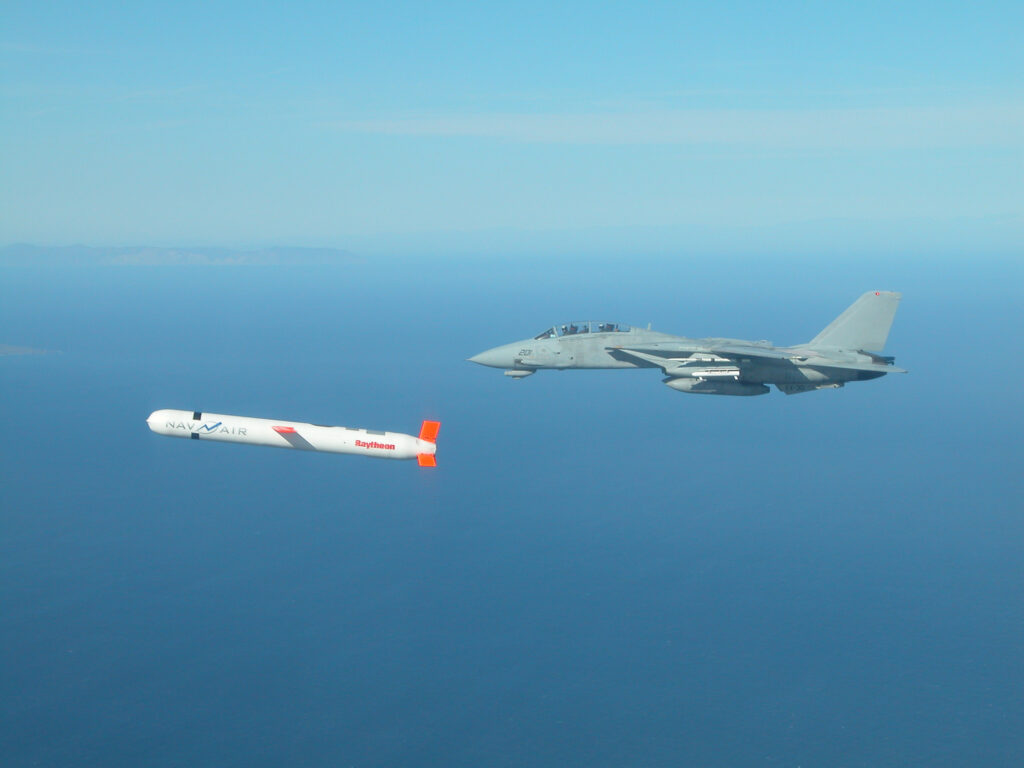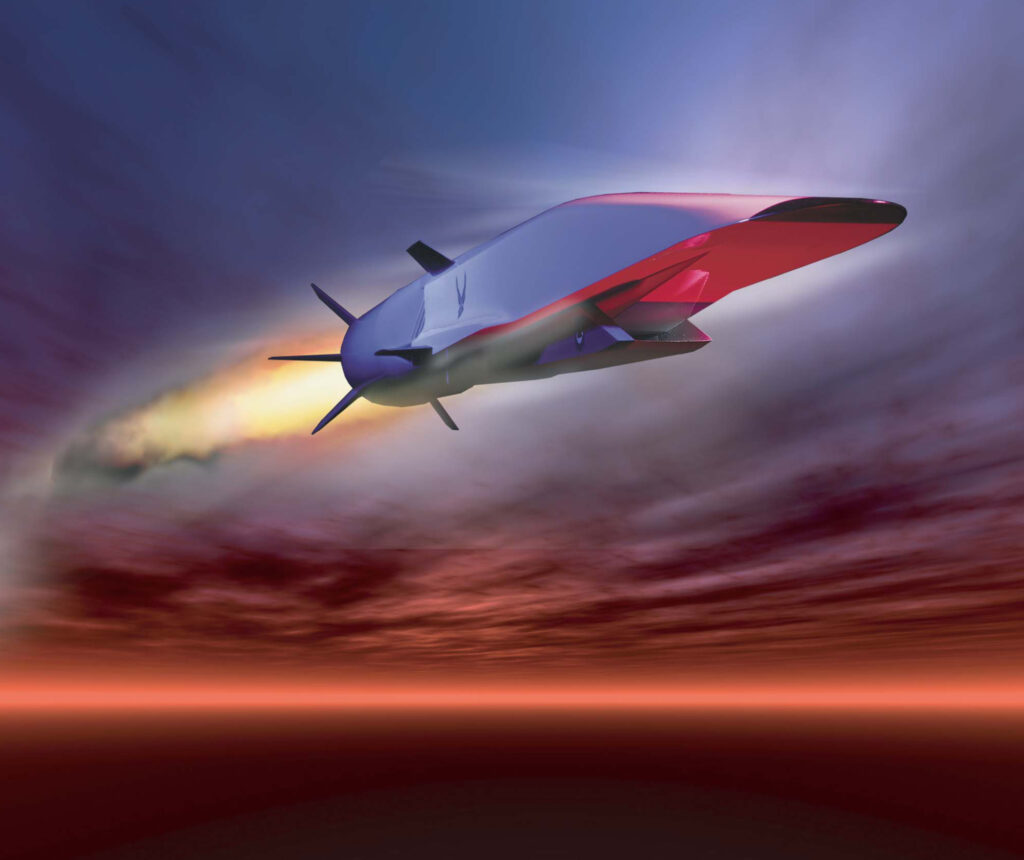
Cruise missiles, like this Tomahawk, fly essentially like aircraft.
The Senate Armed Services Committee’s version of the 2019 defense budget would increase research and development spending by about $1.2 billion over the White House’s request, pumping cash into some of the Pentagon’s most critical modernization programs as lawmakers prod the Pentagon to move faster — and smarter — to head off modernization pushes by China and Russia.
Senate staffers on Friday portrayed the new lines of funding as a way of challenging the Pentagon and White House to better define how it plans to shift to an age of great power competition with China and Russia, while stepping away from the focus on fighting insurgents in the deserts and mountains of the Middle East.
There was some frustration on the Senate side over the timing of the release of the budget and the Pentagon’s new National Security Strategy, which weren’t tied together in the way that most strategists would like.
“The request and the strategy were not exactly not aligned,” one Senate staffer said on Friday. “This wasn’t a clearly sequential ‘strategy informs budget’ type of process.” For the lawmakers who marked up the budget, “the strategy raises a lot of questions, and the implications of the strategy are quite significant in terms of what it means to reorient the force toward great power competition…that the budget won’t be fully able to capture.”
As a result, the final mark — which should be made public in early June after a closed-door markup process this past week — kicks plenty of questions back across the river to the Defense Department about shipbuilding plans, how to pay for force structure changes, and what the plan is for critical hypersonic and artificial intelligence programs.
Overall, the committee voted to add another $150 million for research and development of hypersonic weapons, a program that received a significant shot in the arm in April when the Air Force awarded Lockheed Martin a $928 million contract for a hypersonic cruise missile.
In addition, the committee added:
- $110 million for space constellation efforts.
- $100 million for test infrastructure and workforce, including for cybersecurity, directed energy, and hypersonics.
- $50 million for rocket propulsion.
- $40 million for directed energy.
- $20 million for quantum information sciences.
The committee is also concerned about the Pentagon’s plans for the potential return of sequestration in 2020. To get after that, it wants to shift some money from F-35 procurement to sustainment. Specifically, the 75 F-35s SASC approved is two fewer than the Air Force requested. One Senate staffer noted that the program is already seeing some early sustainment issues, and “if we don’t get the sustainment right now, the problems are only going to get exponentially worse” in the future.

On the Navy side, the mark limits funds for the Littoral Combat Ship until the Pentagon submits its plan for transitioning to a guided missile frigate. “We think 32 LCS’s are the fight number, and anything beyond that needs to be a more capable frigate,” another committee staffer said Friday.
The Senators also want to tinker with how the Pentagon does business, looking to empower a few key officials be be able to move faster when they see things that need to be fixed or added.
Significantly, it calls for a senior civilian official to head up a cross-functional team to update the Pentagon’s year-old Electronic Warfare strategy and submit it, along with a road map of requirements and plans, to Congress.
There is also language authorizing an additional $150 million for the Under Secretary of Defense for Research and Engineering Michael Griffin to “develop interaction between the DOD and the commercial technology industry and academia—potentially by establishing a non-profit entity—with the goal of encouraging private investment in specific hardware technologies of interest to future defense technology needs with unique national security applications.”
Griffin would also be awarded new “directive authority for priority emerging technologies for one year,” under the proposed legislation.
The 2019 NDAA is still months away from becoming reality. The House passed its own version of the bill earlier Thursday, and the full Senate still gets its bite at the apple next month, after which it must pass its version of the bill before the two versions are merged together in conference negotiations — after which both chambers must must the compromise version.






















